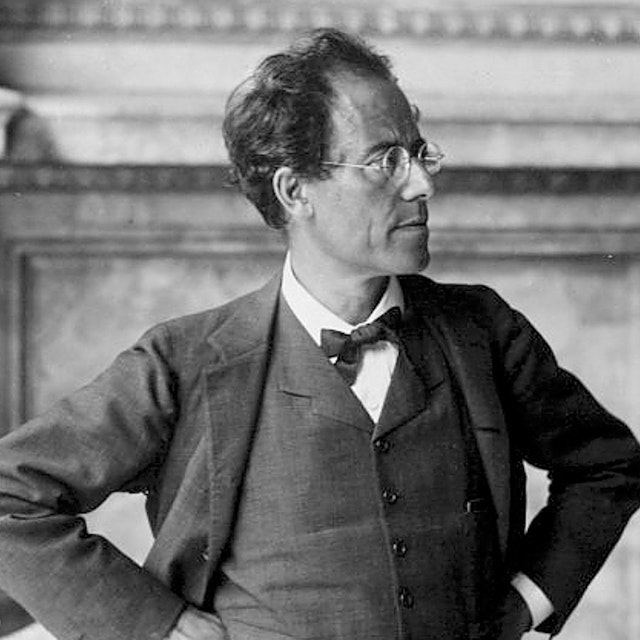"Lieder eines fahrenden Gesellen" (Songs of a Wayfarer) is Mahler's first song cycle. While he had previously written other lieder, they were grouped by source of text or time of composition as opposed to common theme.
Mahler appears to have begun composing the songs in December 1884 and to have completed them in 1885. He subjected the score to a great deal of revision, however, probably between 1891 and 1896, and some time in the early 1890s orchestrated the original piano accompaniments. As a result of this situation, various discrepancies exist between the different sources.
It appears to have been in the orchestral version that the cycle was first performed, in 1896, but possible indications of an earlier, voice-and-piano performance cannot be discounted.
The first movement is entitled "Wenn mein Schatz Hochzeit macht" (When My Sweetheart is Married), and the text discusses the Wayfarer's grief at losing his love to another. He remarks on the beauty of the surrounding world, but how that cannot keep him from having sad dreams. The orchestral texture is bittersweet, using double reed instruments, clarinets and strings.
The second movement, "Ging heut Morgen übers Feld" (I Went This Morning over the Field), contains the happiest music of the work. Indeed, it is a song of joy and wonder at the beauty of nature in simple actions like birdsong and dew on the grass. "Is it not a lovely world?" is a refrain. However, the Wayfarer is reminded at the end that despite this beauty, his happiness will not blossom anymore now that his love is gone. This movement is orchestrated delicately, making use of high strings and flutes, as well as a fair amount of triangle. The melody of this movement, as well as much of the orchestration, is developed into the 'A' theme of the first movement of the First Symphony.
The third movement is a full display of despair. Entitled "Ich hab'ein glühend Messer" (I Have a Gleaming Knife), the Wayfarer likens his agony of lost love to having an actual metal blade piercing his heart. He obsesses to the point where everything in the environment reminds him of some aspect of his love, and he wishes he actually had the knife. The music is intense and driving, fitting to the agonized nature of the Wayfarer's obsession.
The final movement culminates in a resolution. The music (also reused in the First Symphony) is subdued and gentle, lyrical and often reminiscent of a chorale in its harmonies. Its title, "Die zwei blauen Augen von meinem Schatz" (The Two Blue Eyes of my Beloved), deals with how the image of those eyes has caused the Wayfarer so much grief that he can no longer stand to be in the environment. He describes lying down under a linden tree, allowing the flowers to fall on him. He wishes to return to his life before his travels. He asks that the whole affair had never occurred: "Everything: love and grief, and world, and dreams!".
Thomas Hampson
Leonard Bernstein & Wiener Philharmoniker
The podcast Mahler: vida y obra is embedded on this page from an open RSS feed. All files, descriptions, artwork and other metadata from the RSS-feed is the property of the podcast owner and not affiliated with or validated by Podplay.
